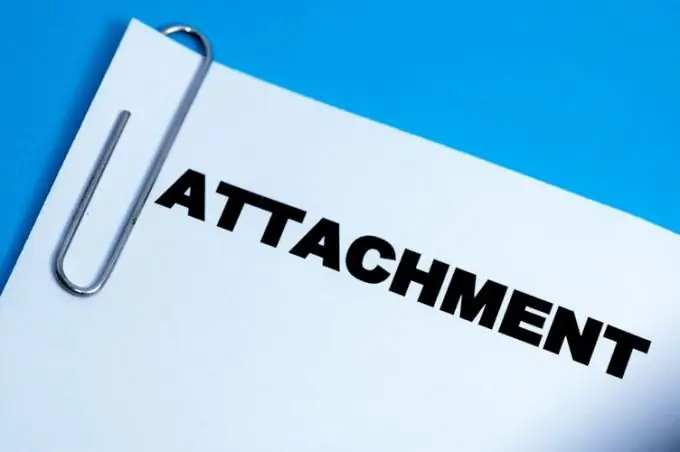Files that are attached to a text message are usually called "attached". Forum scripts, online mail services, and resident mail client programs have file attachment functions. Depending on which message the files are attached to, the methods for opening them will also differ.

Instructions
Step 1
If the attached file is a picture, and the text to which it is attached is a message on a forum, then the browser should open such an application without any of your intervention. If your Internet browser does not display the picture attached to the forum message, then the most likely reason for this trouble is that you are not authorized by the forum scripts, and without this you do not have access rights to the attached files.
Step 2
If files are attached to an e-mail you received, and you use any mail client installed on your computer to read it, then double-click the attached file icon to open it. In response, the program will show you options for actions with the selected object, including opening a file. If it's a picture, then email clients usually don't offer a choice, but simply display it in their own image viewer.
Step 3
If you use an online service to view an e-mail with attached files, then in most cases these files must first be saved to your computer and then opened with one of the applications installed in it. Which of the applications should open this file, the operating system will be able to determine itself, you just need to double-click the saved object.
Step 4
Be careful with attached files to the body of an e-mail message - this is the most commonly used method of spreading viruses. If you do not know the sender of the message, then the received files must be checked by an antivirus program. Pay particular attention to executable files (exe extension), shortcut files (pif) and links (lnk).






